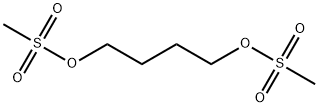Uses of Busulfan
Nov 30,2021
Busulfan was noted to have strong antitumor activity in the 1950s. Because of this, GlaxoSmithKline developed the compound, launching Myleran in 1954 for the treatment of chronic myelogenous leukemia (CML) in the United States. Following the discovery, clinical development, and approval of imatinib (a drug that targets the aberrant fusion product of a chromosomal aberration in CML that initiates and drives the disease) in the late 1990s, busulfan’s use as an antichemotherapeutic agent has been displaced. Today, busulfan is used primarily as a component of a preparative conditioning regimen prior to either allogeneic or autologous hematopoietic stem cell transplantation (HSCT) in patients who have been diagnosed with CML.
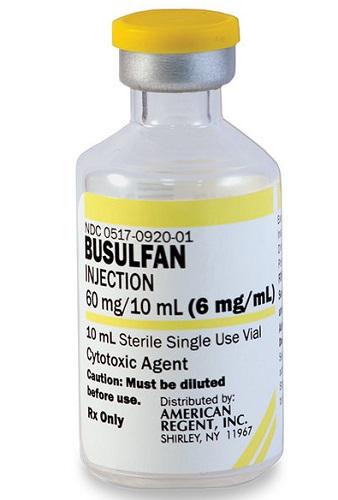
Uses
Busulfan is a cytotoxic alkylating chemotherapeutic agent that is extensively used as preparative conditioning regimen prior to allogeneic HSCT for hematologic malignancies. Busulfan has been widely used in the treatment of CML and other hematologic malignancies and myelodysplastic disorders. The principal effect of busulfan is myelosuppression and myeloablation when used at the recommended dosage. Currently, busulfan is indicated for use in combination with cyclophosphamide to destroy cancer cells and make room for new bone marrow to grow prior to a bone marrow or peripheral blood progenitor cell replacement procedure. As a component of a conditioning regimen for HSCT, busulfan also suppresses the immune system so that the patient does not reject the new bone marrow.
History
Busulfan was approved by the US Food and Drug Administration (FDA) for treatment of chronic myeloid leukemia (CML) in 1999. Busulfan was the mainstay of the chemotherapeutic treatment of chronic myeloid leukemia (CML) until it was displaced by the new gold standard, imatinib, though it is still in use to a degree as a result of the drug's relative low cost.
Indications
Busulfan is used in pediatrics and adults in combination with cyclophosphamide or fludarabine/clofarabine as a conditioning agent prior to bone marrow transplantation, especially in chronic myelogenous leukemia (CML) and other leukemias, lymphomas, and myeloproliferative disorders. Busulfan can control tumor burden but cannot prevent transformation or correct cytogenic abnormalities.
The drug was recently used in a study to examine the role of platelet-transported serotonin in liver regeneration.[1]
Availability
Myleran is supplied in white film coated tablets with 2 mg of busulfan per tablet. After 2002, a great interest has appeared for intravenous presentations of busulfan. Busulfex is supplied as an intravenous solution with 6 mg/ml busulfan. Busulfex has proved equally effective as oral busulfan, with presumedly less toxic side effects. Pharmacokinetic and dynamic studies support this use, that has prompted its usage in transplantation regimes, particularly in frail patients. Fludarabine + busulfan is a typical example of this use.
- Related articles
- Related Qustion
P-methoxybenzaldehyde is a member of the class of benzaldehydes consisting of benzaldehyde?itself carrying a methoxy substituent at position 4. It has a role as an insect repellent, a human urinary metabolite.....
Nov 29,2021Organic ChemistryButadiene is produced during the combustion of organic matter. Significant amounts of butadiene are released to the environment from both natural and anthropogenic sources such as forest fires, gasoline and diesel engine exhaust, and wood s....
Nov 30,2021Organic ChemistryBusulfan
55-98-1You may like
- Busulfan
-
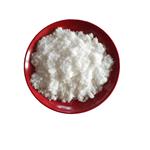
- $0.00 / 25KG
- 2023-07-01
- CAS:55-98-1
- Min. Order: 1KG
- Purity: 99%
- Supply Ability: 50000KG/month
- Busulfan
-
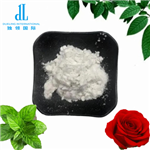
- $1.00 / 1kg
- 2022-11-25
- CAS:55-98-1
- Min. Order: 1kg
- Purity: 99%
- Supply Ability: 300MT/month
- Busulfan
-
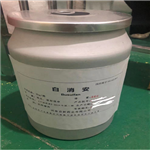
- $0.00 / 5Kg/Drum
- 2021-11-20
- CAS:55-98-1
- Min. Order: 10Kg/Drum
- Purity: 99%
- Supply Ability: 5




